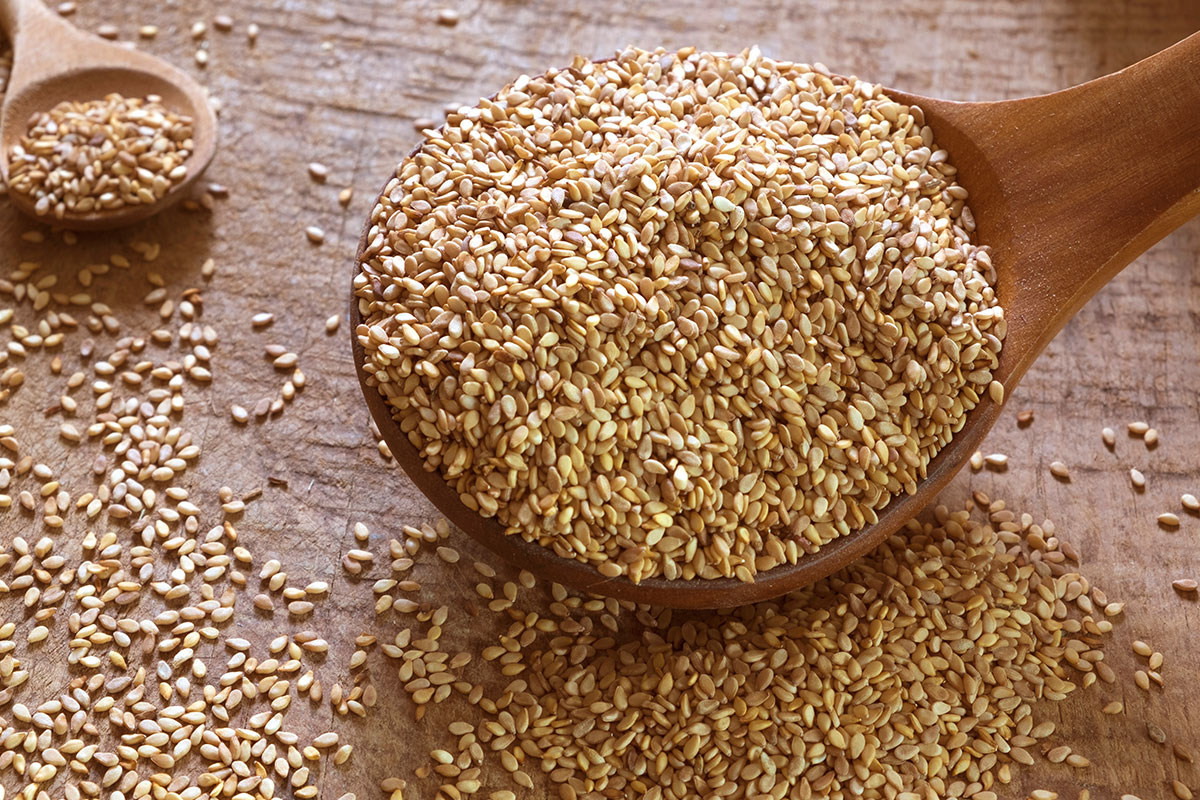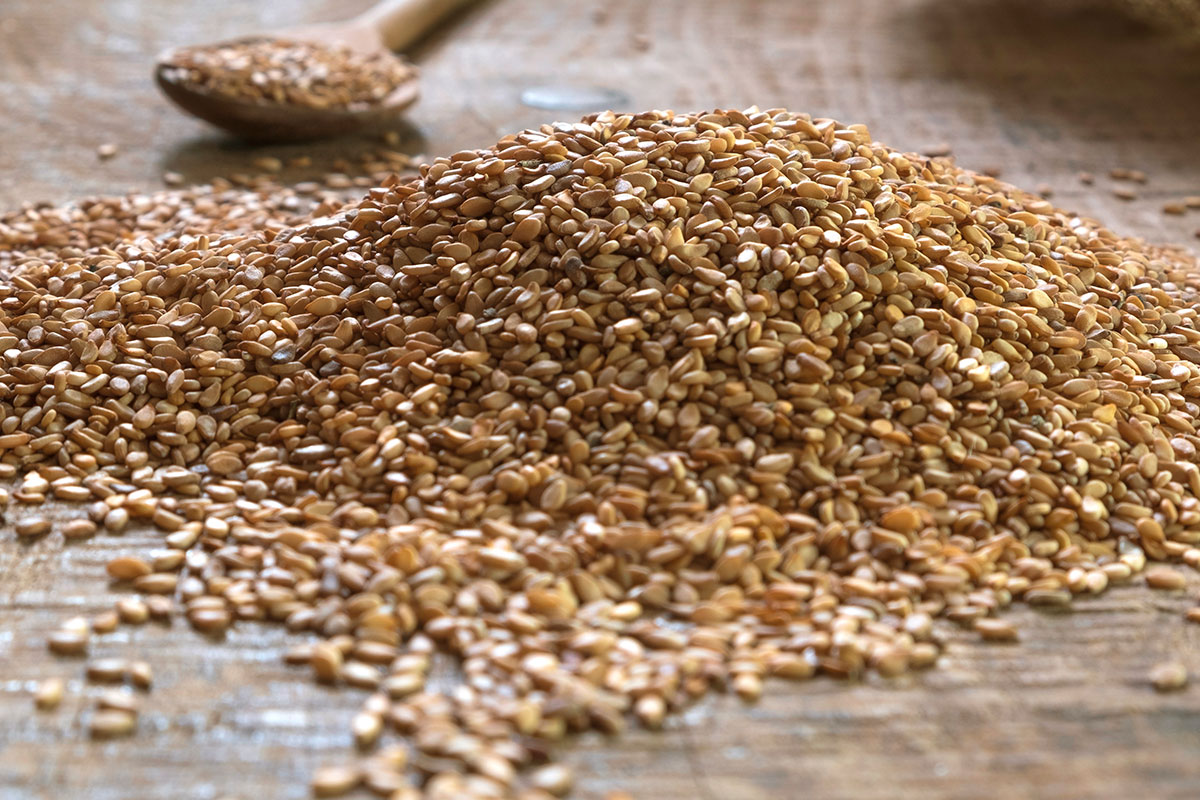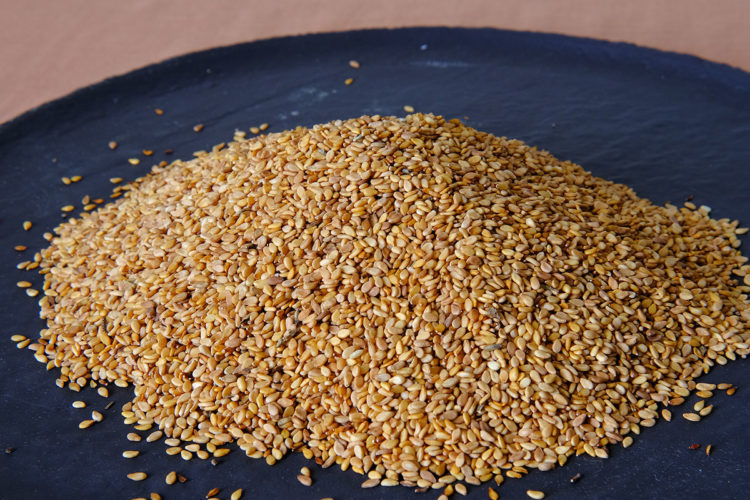7 Surprising Facts About Sesame Farming in Turkey’s Fertile Regions
Introduction
Sesame is one of the world’s oldest cultivated crops, treasured for its adaptability and widespread usage. Across the globe, it holds cultural and agricultural importance, but Turkey stands out as a region where sesame farming is deeply rooted in both tradition and economy. With a favorable climate, skilled farmers, and growing international demand, sesame cultivation continues to be a dynamic part of Turkey’s agricultural sector.
This article presents 7 surprising facts that highlight why sesame farming in Turkey deserves global attention and how it contributes to rural livelihoods, sustainable agriculture, and international markets.
1. Turkey’s Aegean and Southeastern Regions Are Sesame Strongholds
The majority of sesame in Turkey is cultivated in Aegean provinces like İzmir and Aydın, as well as Southeastern areas such as Şanlıurfa and Mardin. These regions provide the ideal combination of soil structure, sunshine, and heat needed for sesame plants to thrive.
The Mediterranean climate, with its dry summers and moderate rainfall, allows farmers to grow sesame without relying heavily on irrigation. This makes it especially suitable for smallholder farming and helps preserve water resources.
2. Traditional Farming Methods Still Dominate Sesame Cultivation
In Turkey, many sesame farms still rely on hand-sowing, manual weeding, and hand-harvesting methods. These traditional techniques are passed down through generations and reflect a deep knowledge of local environmental conditions.
Manual harvesting, while labor-intensive, ensures minimal seed loss and maintains the quality of the sesame pods. After harvest, sesame plants are sun-dried in open fields—a practice that enhances the seeds’ color and aroma without mechanical processing.
3. Turkish Sesame Has a Distinct Appearance and Flavor Profile
One of the reasons Turkish sesame is prized in both domestic and export markets is its unique appearance and mild, nutty flavor. While sesame can vary depending on the region, Turkish varieties are often noted for their golden hue and slightly larger seed size.
These characteristics make Turkish sesame a popular choice for traditional baked goods, tahini production, and spice blends used throughout the Mediterranean region and beyond.
4. Sesame Is a Valuable Crop for Small Farmers in Turkey
Sesame is particularly appealing to smallholder farmers in Turkey due to its relatively low production cost and stable market prices. It can be cultivated on plots of various sizes and often fits well into crop rotation plans with legumes, grains, or vegetables.
In regions where larger agricultural infrastructure is limited, sesame provides a vital income source. This is especially true in villages where families rely on diversified farming to sustain their livelihoods.
5. Sesame Production in Turkey Is Both for Domestic Use and Export
While sesame is widely used in Turkish cuisine, the country also serves as a key exporter, especially to the Middle East, Europe, and North Africa. Turkish sesame is typically exported in both raw and roasted forms, depending on market demand.
Sesame is a featured ingredient in many cultural staples such as simit (a sesame-covered bread), halva, and sesame pastes. These traditional uses continue to fuel domestic demand while also supporting Turkey’s place in global trade.
6. Drought-Resilient Properties Make Sesame Ideal for a Changing Climate
Sesame is well-suited to semi-arid and arid regions, making it an increasingly important crop as climate variability intensifies. Turkey’s interior and southeastern regions, which face long dry seasons, have found sesame to be a resilient agricultural option.
Its deep root system allows sesame to extract moisture from deeper soil layers, making it less dependent on surface water. This trait contributes to its growing popularity among farmers seeking long-term sustainability in challenging environments.
7. Scientific Research in Turkey Aims to Improve Yield and Adaptability
Turkish agricultural institutes and universities continue to explore improved sesame farming techniques through local research. Studies focus on optimizing planting times, improving seed varieties, and minimizing pest-related losses.
Research also supports the development of more efficient harvesting tools and sustainable soil management practices. This ongoing investment in knowledge ensures that Turkish sesame farming remains productive and environmentally conscious.
Conclusion
Sesame is far more than a simple seed in Turkey. It is a pillar of rural life, a symbol of tradition, and a growing contributor to the national economy. From the rich plains of the Aegean coast to the sun-soaked hills of the Southeast, sesame cultivation reflects the country’s agricultural heritage and its adaptability to modern demands.
These 7 surprising facts about sesame farming in Turkey illustrate why this humble seed continues to gain importance both locally and globally. As Turkish farmers preserve traditional techniques while embracing innovation, sesame remains a symbol of resilience and richness rooted in the land.
Product Information
Crop: Cultivated
Parts used: Seeds
Quality: Cleaned, 100% pure and natural.
Available as: Whole
Industry used: Food, Dietary/Nutritional Supplement, Phytotherapy and Feed industries.
Packaging: Kraft paper bags, PP bags and PE bags in various sizes
Country of origin: TÜRKİYE




